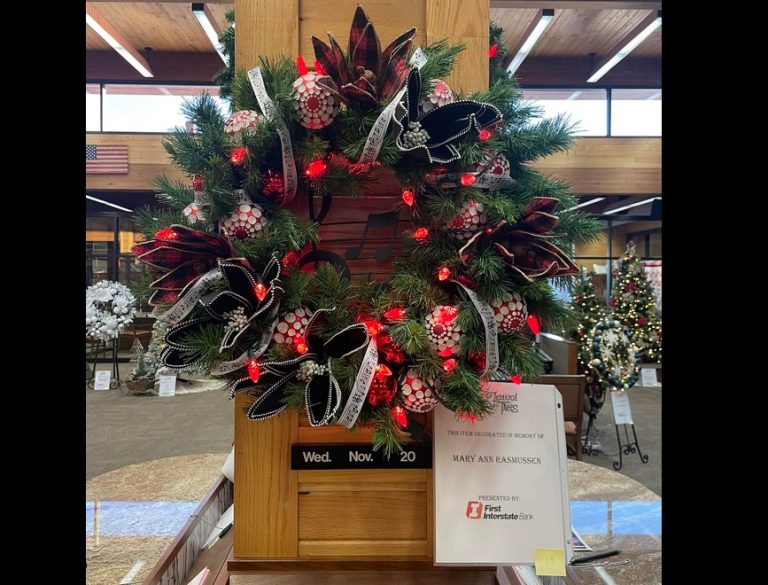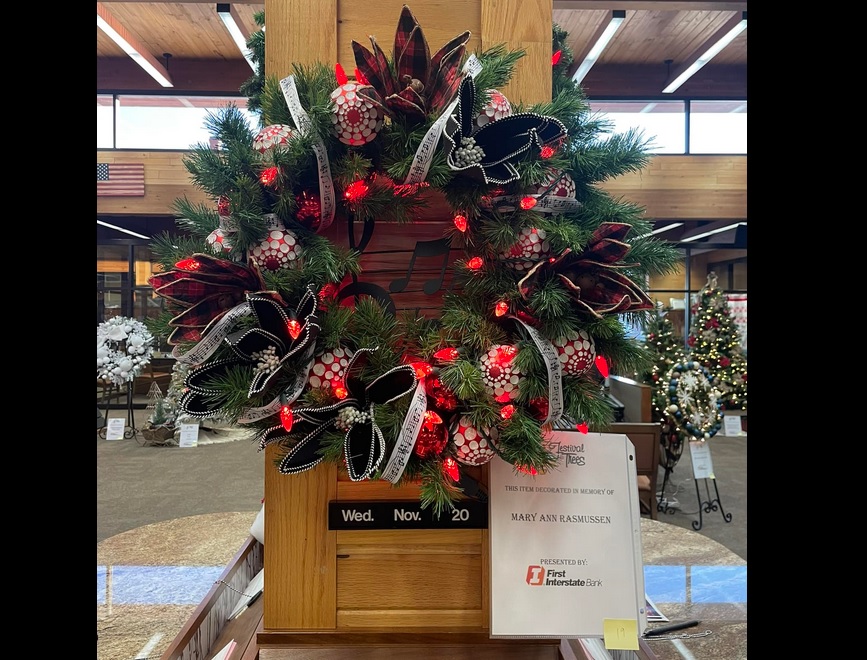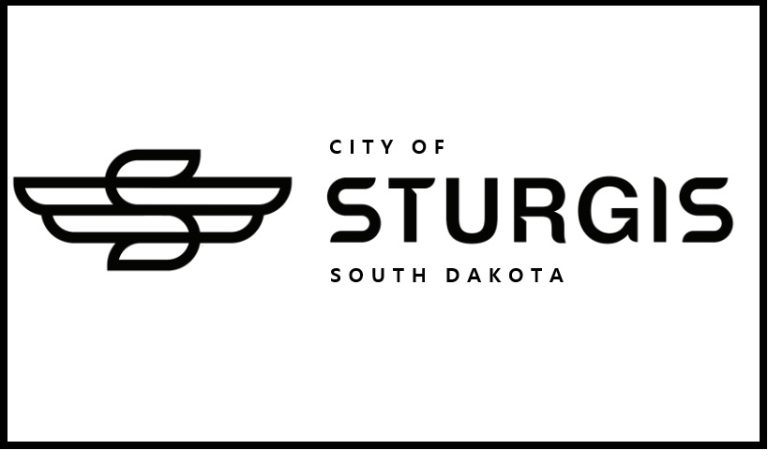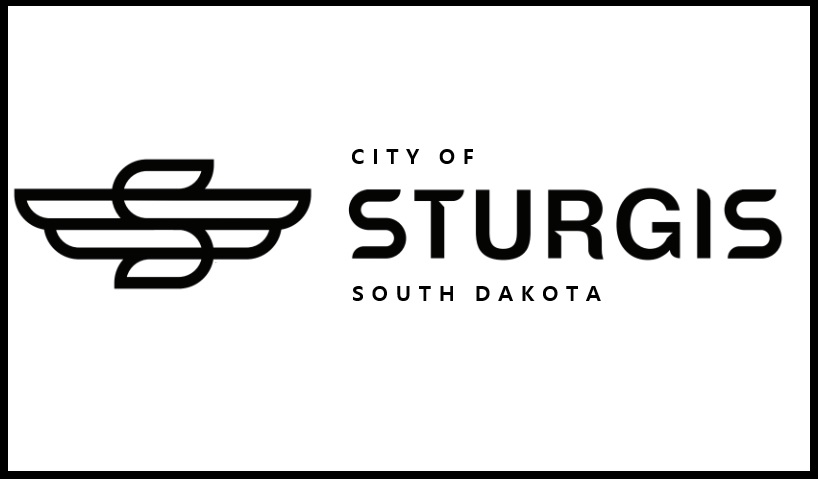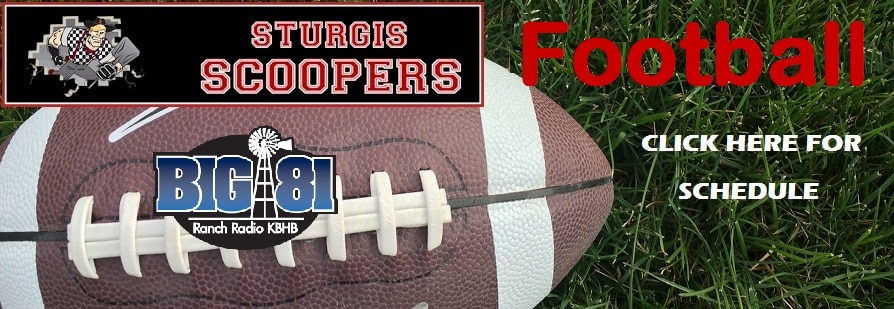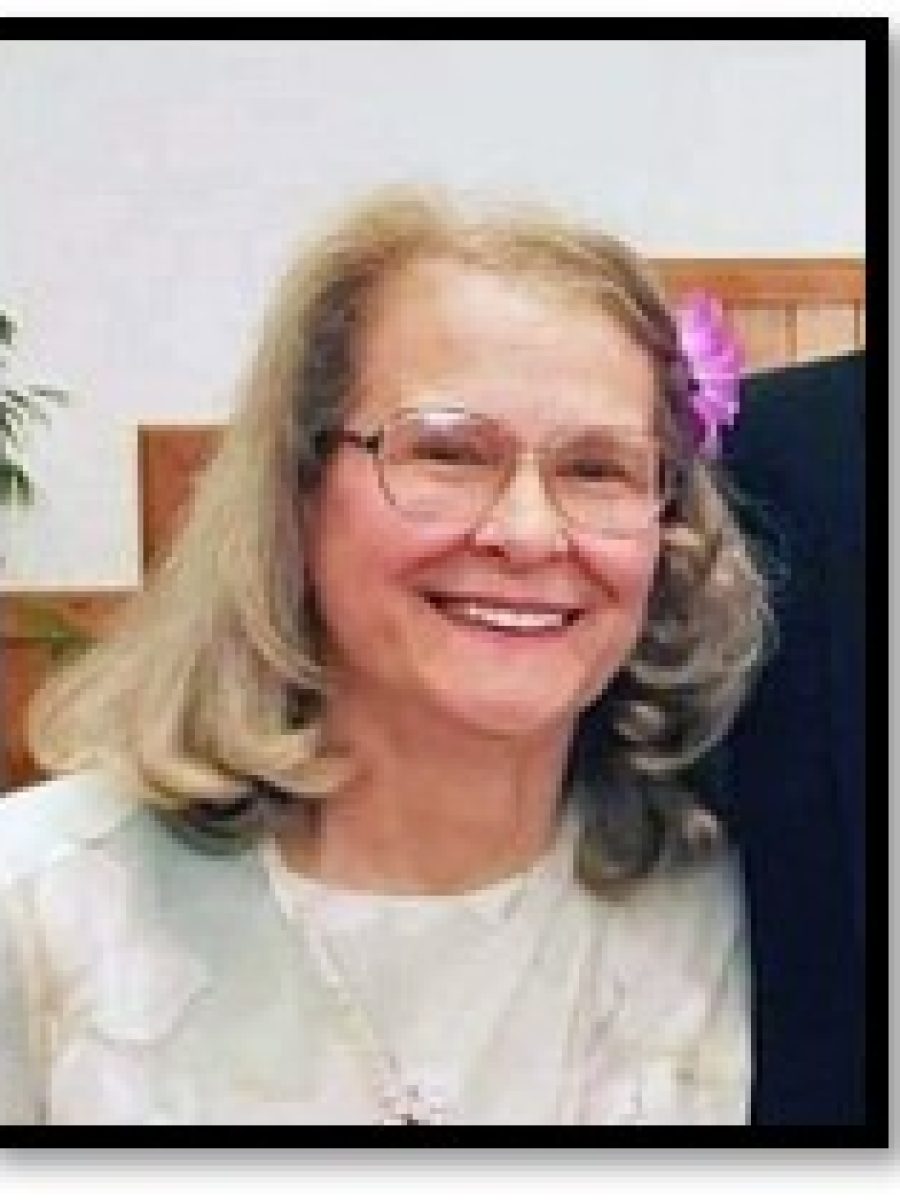BROOKINGS, SD – The arrival of a 3D printer could not have come at a better time for Luke Thompson. A South Dakota State University sophomore from Milford, Iowa, majoring in mechanical engineering, Thompson had ordered a 3D printer and was looking for a project to see what the printer could do.
While visiting his girlfriend in late March, her mother showed Thompson a social media post in which a Billings, Montana, group had scanned a face and used it to develop a 3D model to create reusable protective masks. The Montana group classified the code as open source, which allowed Thompson to start making protective masks for emergency personnel in his hometown of Milford, Iowa.
“My goal is to help as many people as I can. I knew the Milford EMTs and police department didn’t have much for PPE (personal protective equipment) as all PPE was being sent to hospitals, so I wanted make sure they had masks when the COVID-19 pandemic hits here,” he said. “There are a few other local firms helping so they’re covered now.”
“Because not everyone has the same size face, I scaled the original model down 5% to fit others and kept doing that to create four other sizes,” said Thompson, who is also pursuing minors in computer science and mathematics. “I’ve had a lot of people reach out and ask how to get masks.”
For example, Thompson provided 18 masks for MercyOne Siouxland Medical Center in Sioux City, Iowa, along with 27 masks for Milford’s EMTs and the police department.
In addition to his own printer, Thompson uses one from Milford’s 996 Industries, where he worked as an intern in summer 2019. He’s also using three 3D printers borrowed from Okoboji High School, which gives him five printers to work with. He said it takes approximately four hours to print a mask, allowing him to create 25 each day.
In addition to the print time, Thompson’s ability to produce masks has been limited by supplies, assembling the masks and the fact he needs to complete his online coursework.
Thompson is currently supplying each mask with a replaceable filter that is cut from an air filter effective down to 0.3 microns. These reusable filters need to be washed with hot water and soap and let dry. Other filter materials are being tested.
“As fast as I can make them, I get them out the door. The easiest part is printing the masks. It takes time to put these together; I use closed-cell foam to form the seal. And I’m trying to find an alternative to elastic, which is at a premium and hard to find at the moment,” he said. “I have enough resources to do this for my community, and I plan to keep making them throughout the pandemic. I’m doing this to help others, those at the front line of the pandemic.”
He also looks to keep using 3D printers when the pandemic passes.
“I definitely want to continue 3D printing; it’s a very helpful tool for manufacturing as you can create a prototype a few hours after drawing it up in CAD,” he said. “I have quite a bit of experience in 3D printing from my internship and this project. There are different types of 3D printing, all of which I would love to work on and continue studying.”
Thompson is taking the engineering design methods class with assistant professor Todd Letcher ’05/M.S. ’08, who has been using 3D printing for various NASA-funded projects. Thompson built a drone using 3D-printed parts in that class, and he contacted Letcher for advice when starting to make the masks.
“We had talked several times about 3D printing before/after class, so I knew he had his own printer and a lot of ambition,” Letcher said. “Luke is a good person and very hard working. When I started seeing the online 3D printing community started to help out with mask shortages, it did not surprise me to see that Luke was willing to jump in and help out.”
Letcher said Thompson contacted him at one point to talk about materials since the high school printers used a different product than the other printers. Letcher suggested where to find material because certain materials have become more difficult to find and Amazon is not prioritizing sending 3D printing material during the COVID-19 pandemic.
That relationship is one of reasons why Thompson knew SDSU was the right college for him when he visited campus.
“I knew about SDSU’s very good engineering program, and I knew I wanted to pursue engineering,” he said. “It felt as close to home as I could get without being home. It’s big enough that it still felt like college instead of high school. I had toured other colleges that were bigger, but they were too big for me.”


